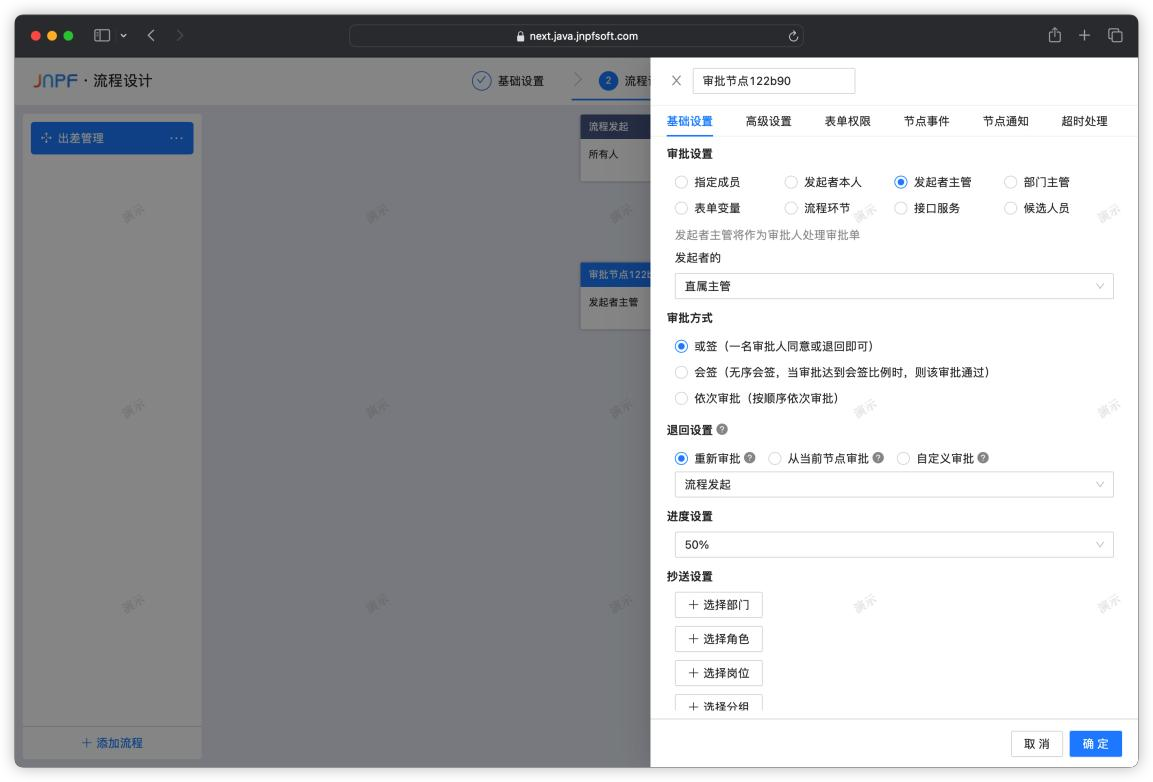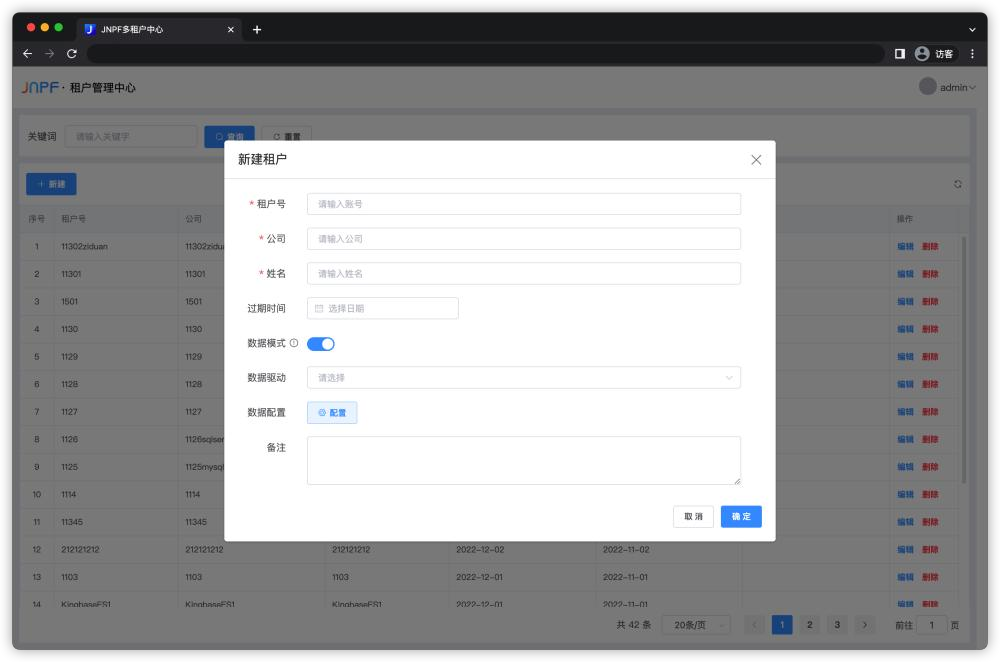I. Introduction
If a concept can become popular in the technology circle, it is often both concise and concise, and has the potential to reshape the industrial structure.
Low Code is such a typical example. As the name suggests, low-code means using less code or even no code, and only implements application development by dragging and dropping modules.
In this field, not only major Internet companies such as Alibaba, Tencent, and Baidu have joined in, they have even listed it as a key project. Gartner predicts that by 2025, 70% of new applications in enterprises will be developed through low-code or no-code technology, which will accelerate the overall explosion of the low-code market.
The automated processing of the JNPF rapid development platform solves almost all workplace problems. It has now helped nearly a thousand companies achieve digital upgrades. These companies, regardless of size and business, can use JNPF to develop various management systems such as ERP, OA, CRM, and EHR. So many corporate cases are enough to prove that JNPF is trustworthy.

2. Basic functions and construction
Based on JNPF, users can visually build data models, views, permissions, workflows, etc., and then run them in the environment provided by the platform. They can be compiled and deployed in a small amount, which is more like a fool-like application building platform. The platform encapsulates various components and business logic at a higher level. Unless the full source code is available, users cannot modify the interface style, interaction method, processing logic, etc. as they wish. JNPF is one of the few typical products that supports full source code.
This solution does not have high technical requirements for users, but it does require business abstraction and modeling capabilities. The main value is to lower the development threshold and quickly adapt to changes. We can try to open the experience environment.
Official website: https://www.jnpfsoft.com/?csdn

1. Code Generator
Zero-code development: Equipped with a large number of reusable controls, visual applications can be automatically generated by operating interface elements and dragging controls;
Low-code development: A set of code generators is customized based on Mybatis-plus-generator. By configuring the comments of database fields, WEB front-end (vue), mobile terminal (vue), back-end and other codes can be generated online, greatly reducing development difficulty;

2. Workflow
The workflow service is a set of workflow solutions self-developed by JNPF. It consists of two parts: process form and process engine. The process form is visually designed and highly configurable. It adopts structured form template design and centralized analysis mode design. Adapt to the needs of various scenarios in China's national conditions, configuration WYSIWYG, low code, high configuration;

3. Portal design
The new portal design is simple to operate, free to drag and drop, and can be edited and adapted to multiple terminals at one time to fully meet the personalized needs of users.

4. Large screen design
Lay out the page freely, drag and drop controls onto the page, set content values and bind data for different controls, and achieve large-screen visual page development using WYSIWYG;

5. Report design
There is no need to develop any code. Users only need to configure a series of parameters on the interface to realize the configuration of multiple types of reports, online rendering of report content, report export, printing and other functions;

6. Third-party login
An out-of-the-box third-party authorization login tool library provides a unified interface and supports access to any OAuth website, quickly
Quickly implement OAuth login function.

7. Multi-tenant implementation
Multi-tenancy technology, or multi-tenancy technology, is a software architecture technology that explores and implements how to share the same system or program components in a multi-user environment and ensures the isolation of data between users. In the era of cloud computing, multi-tenant technology uses a single system architecture and services in a shared data center to provide the same or even customized services for most clients, while still ensuring customer data isolation.

3. Write at the end
The data model designer, process designer and page designer are the core of the low-code platform. If you understand the MVC layered architecture of software design, it is easy to understand the core product functions of the low-code platform, as well as different product ideas. Of course, different low-code platforms have more unique and powerful functions, and interested readers can do further research.